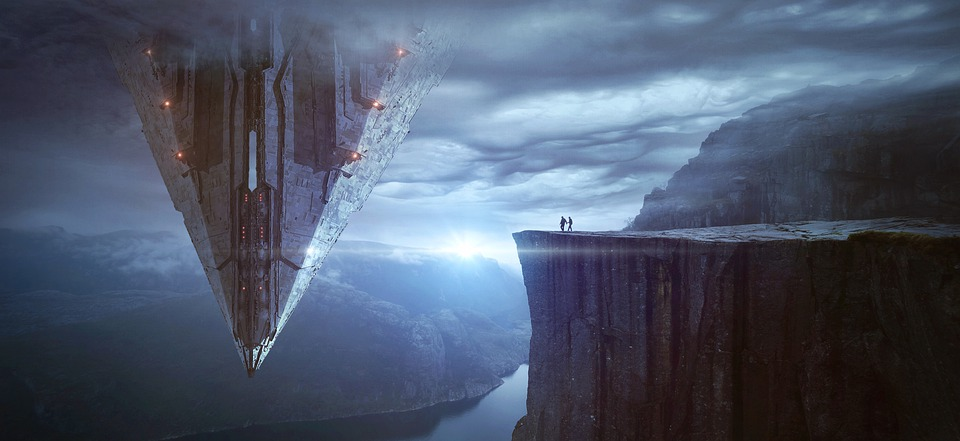The Game
Charge is a generic table-top role-playing game. That means that you and your friends get together to tell an interactive story about a group of fictional characters you create. Those characters face obstacles and challenges, and you get to decide how they react. The world then changes based on what the characters do.
Game Master & Players
One person in the group needs to act as the Game Master, or GM. The GM is responsible for the world and the characters that live in it (those that aren't directly played by the rest of the table). We call those characters "non-player characters", or NPCs.
The rest of the group are Players. The players create a character that experiences compelling stories inside this world. We call those player characters, or PCs.
While the GM is usually the main person responsible for the way the world changes over time, everyone at the table is in charge of the story.
This isn't a "GM versus Players" or "GM is god" kind of deal. If playing this game was like making a movie, the GM would be the director and all the players would be writers.
Everyone at the table contributes to make the story successful and captivating.
Game Structure
Everything inside Charge is collaborative.
You choose a setting together, you create your characters together, and you make that world evolve together.
Each session is made of scenes, like in a movie. Each scene plays out as a bunch of back-and-forth between the GM and the players. The GM describes what the scene is like, the players tell the GM what they do, and the GM makes the world react to those actions depending on the outcomes of certain dice rolls.
Each time you and your friends meet to play Charge is a session which can last between 1 and 4 hours, or even more. The amount of time each session takes depends on a lot of factors.
Each group can play very differently. Some might take their time while others might rush into things head-on, but it also depends on everyone's availability.
During sessions, tension rises during scenes, and the players encounter narrative unknowns. To decide what happens during those moments, the group rolls dice because they want to be on the edge of their seats. They want to be surprised by where the story takes them next.
Before we look at how to create the players' characters, we need to talk about making a safe environment for everyone at the table.
